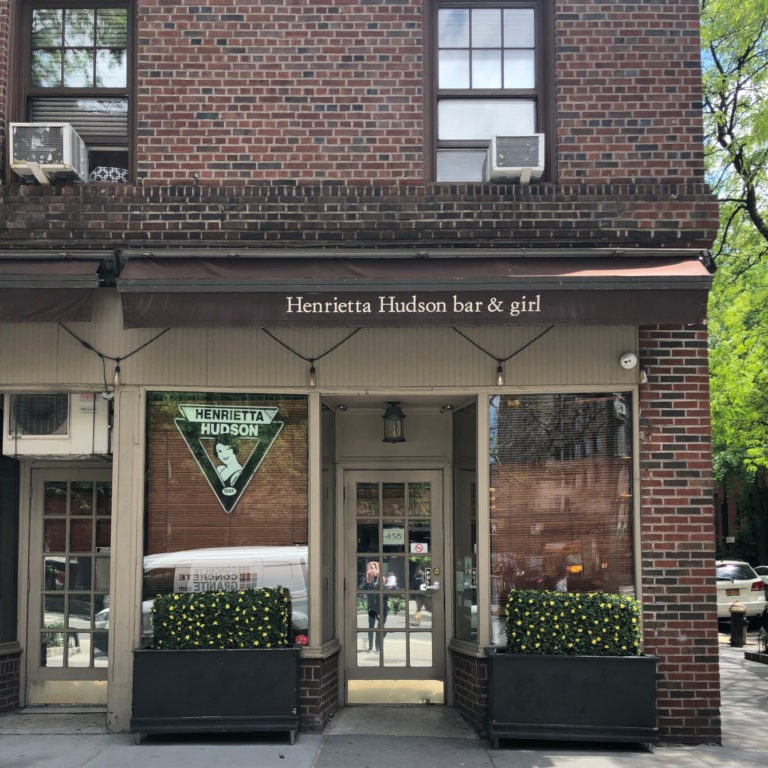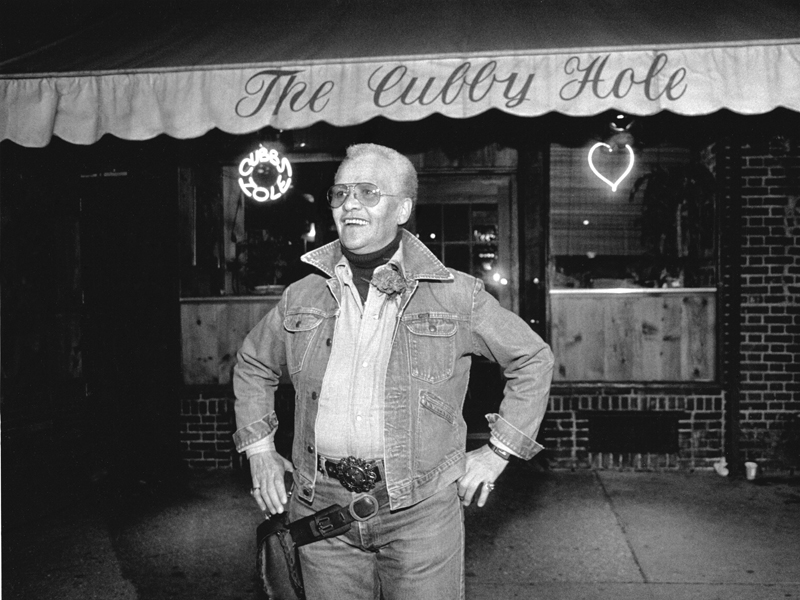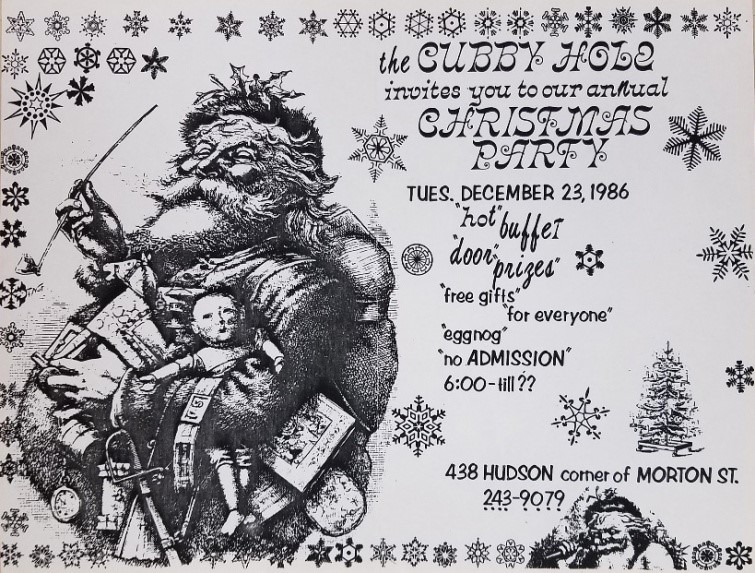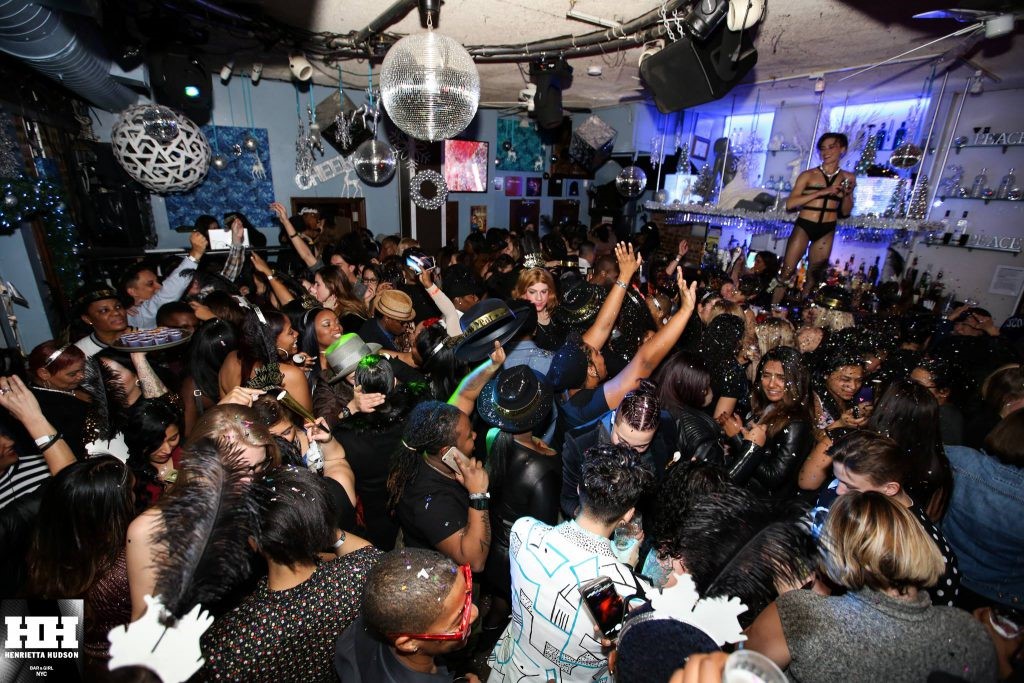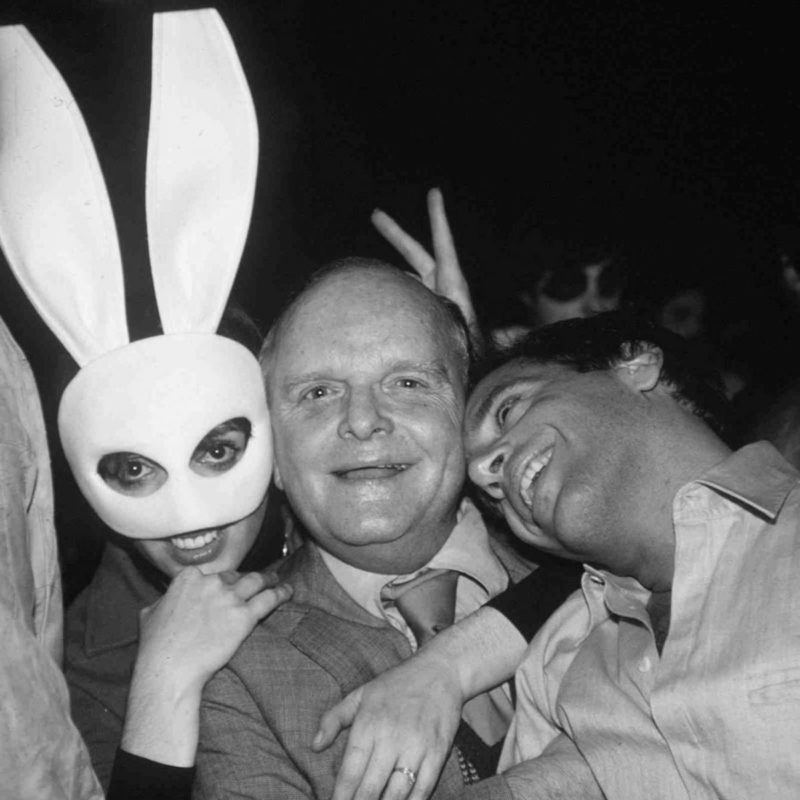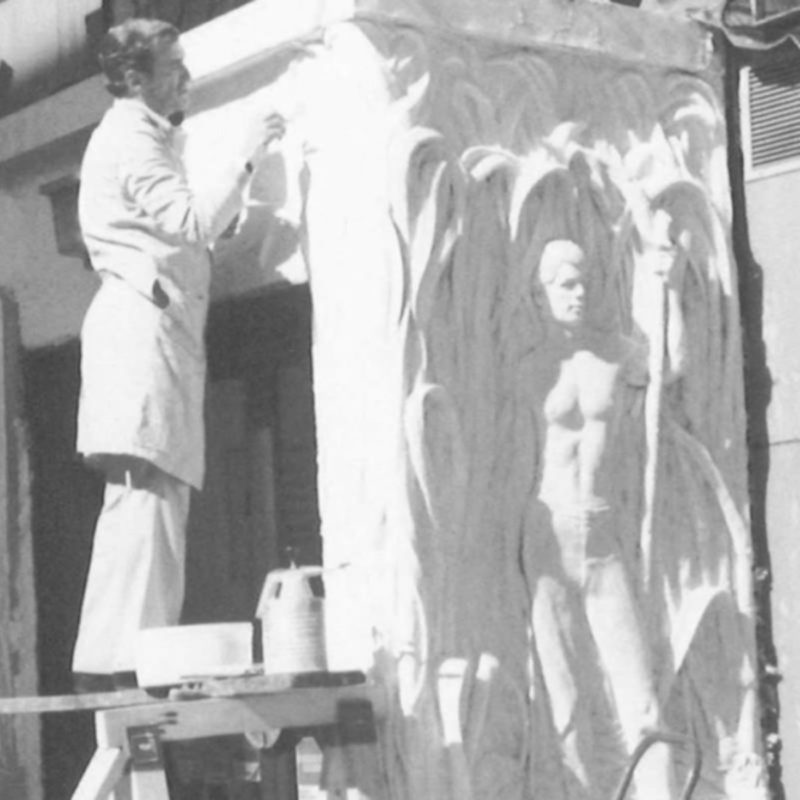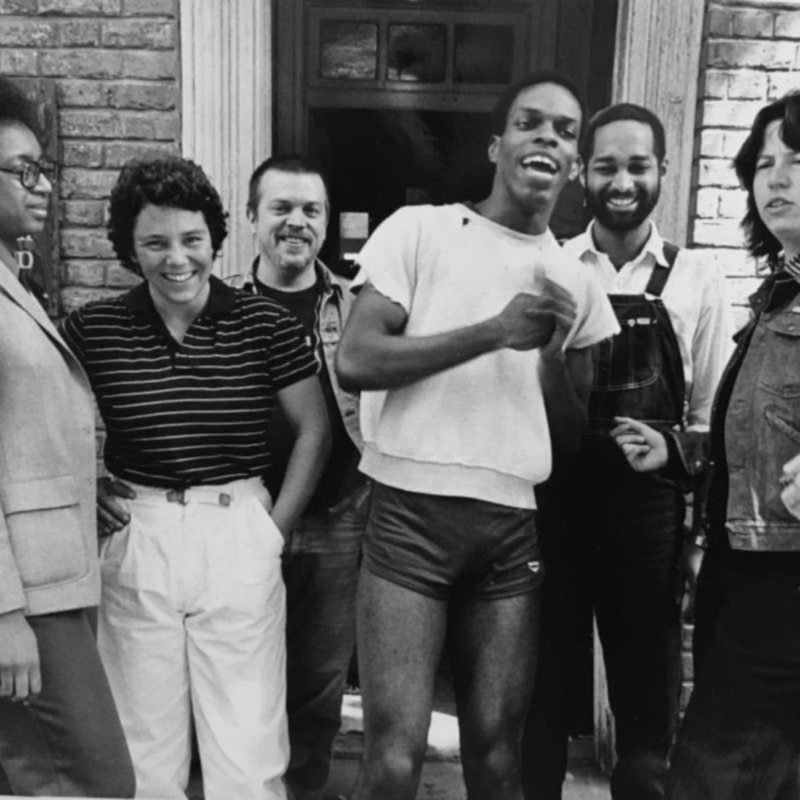overview
Currently occupied by Henrietta Hudson, one of the city’s three remaining lesbian bars, this space was formerly known as Cubby Hole, from 1983 to 1990.
Activist and performer Stormé DeLarverie famously worked as a security guard at both venues.
History
Cubby Hole
Shortly after closing her previous venture, Bonnie & Clyde, a lesbian bar that she owned from 1972 to 1981, Elaine Romagnoli opened Cubby Hole on the corner of Hudson and Morton Streets. Cubby Hole was appropriately named, given the small 360 square-foot space (approximately 12’ x 30’); when it closed in 1990, the name was transferred, though combined as one word, to a new, equally small lesbian bar called Cubbyhole at 281 West 12th Street, corner of West 4th Street, which is still in business.
Stormé DeLarverie, a notable figure in the LGBT community, worked at Cubby Hole as a security guard. Before this, DeLarverie had a long career as a male impersonator in the Jewel Box Revue, which included performances at the Apollo Theater, in Harlem.
Cubby Hole patrons entered into the middle of the space, with the bar on the right and the mingling area on the left (too small to be called a dance floor, though people did dance there). By at least 1989, a video screen played music videos – a new attraction for that era, though now a staple in lesbian bars. The bar was dark and without decoration, and even smokier than other bars of the time given its small size.
Henrietta Hudson
Romagnoli closed Cubby Hole in 1990 and moved on to her third venture, Crazy Nanny’s. Lisa Cannistraci, who bartended at Cubby Hole beginning in March 1985, bartended at Crazy Nanny’s before reopening 438 Hudson Street with her partner, Minnie Rivera, as the much-expanded Henrietta Hudson in 1991. DeLarverie continued working as a security guard here.
Henrietta Hudson is one of three remaining lesbian bars in New York City, along with the aforementioned Cubbyhole on West 12th Street and Ginger’s in Park Slope, Brooklyn.
Entry adapted by Amanda Davis, project manager (June 2019), from text in Gwendolyn Stegall, "A Spatial History of Lesbian Bars in New York City" (used with permission).
NOTE: Names above in bold indicate LGBT people.
Building Information
- Architect or Builder: Charles B. Meyer
- Year Built: 1925
Sources
Gaia’s Guide 1989.
Gwendolyn Stegall, A Spatial History of Lesbian Bars in New York City, master’s thesis, Columbia University, May 2019.
Lisa Cannistraci, March 28, 2019, personal interview with Gwendolyn Stegall.
Kathy Wakeham, July 12, 2018, personal interview with Gwendolyn Stegall.
William Yardley, “Storme DeLarverie, Early Leader in the Gay Rights Movement, Dies at 93,” The New York Times, May 29, 2014, nyti.ms/2tJeat2.
Do you have more information about this site?
This project is enriched by your participation! Do you have your own images of this site? Or a story to share? Would you like to suggest a different historic site?
